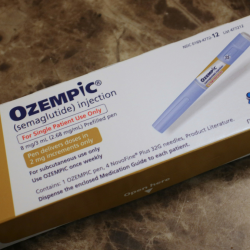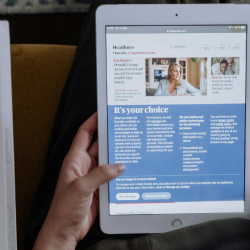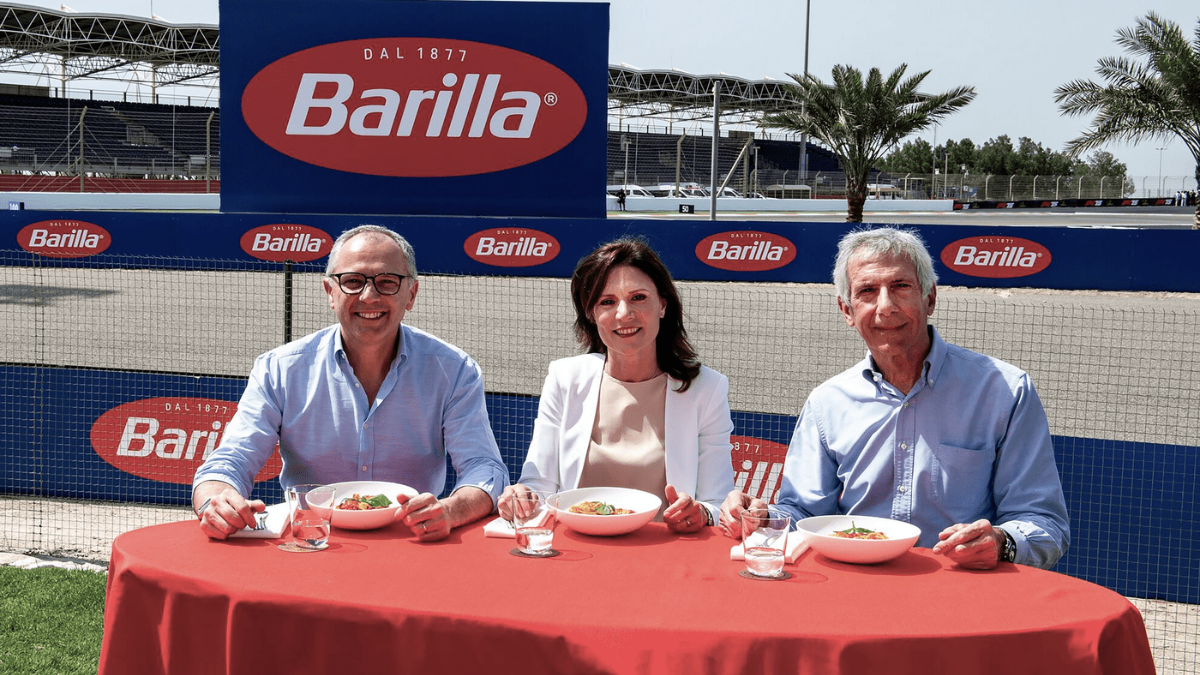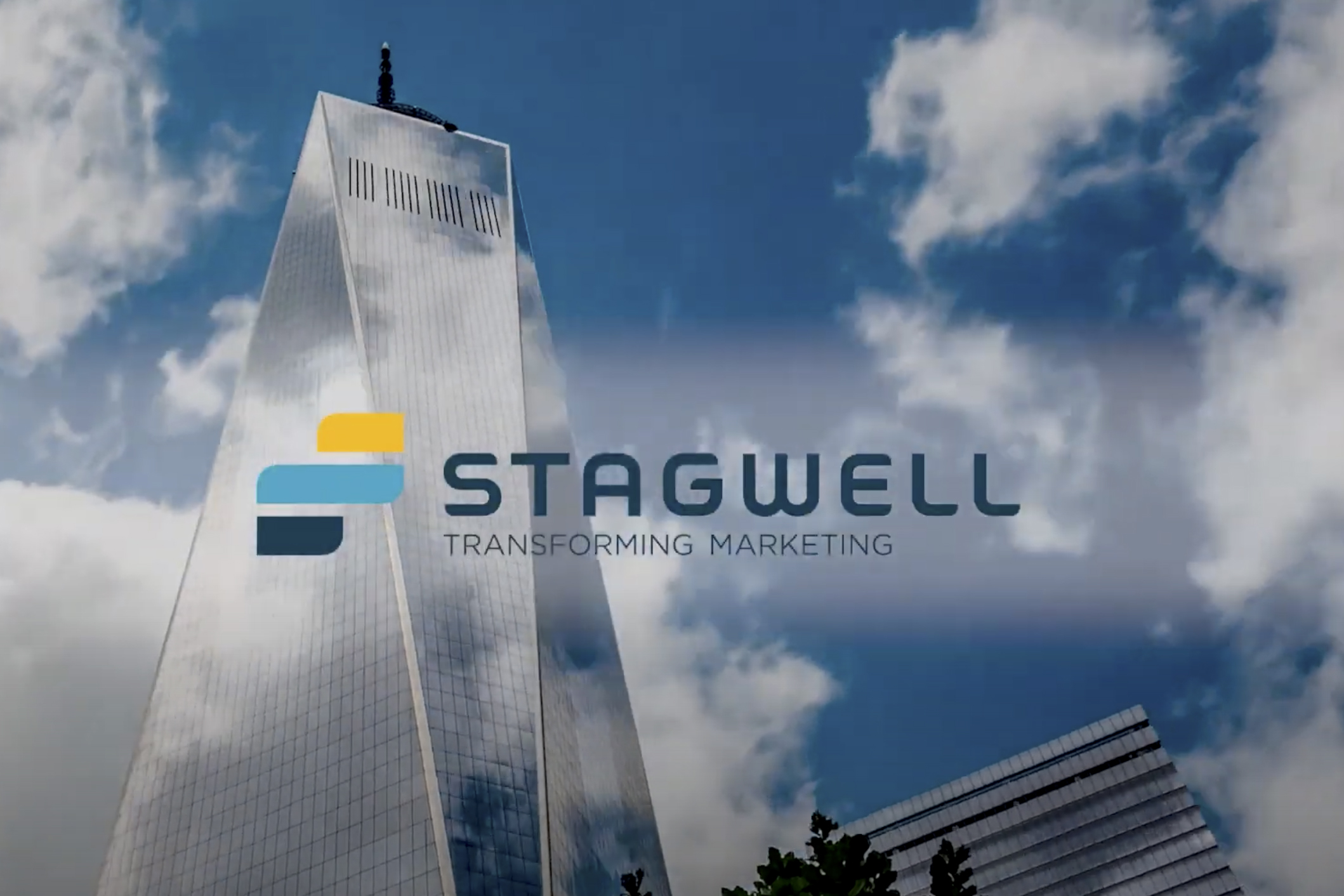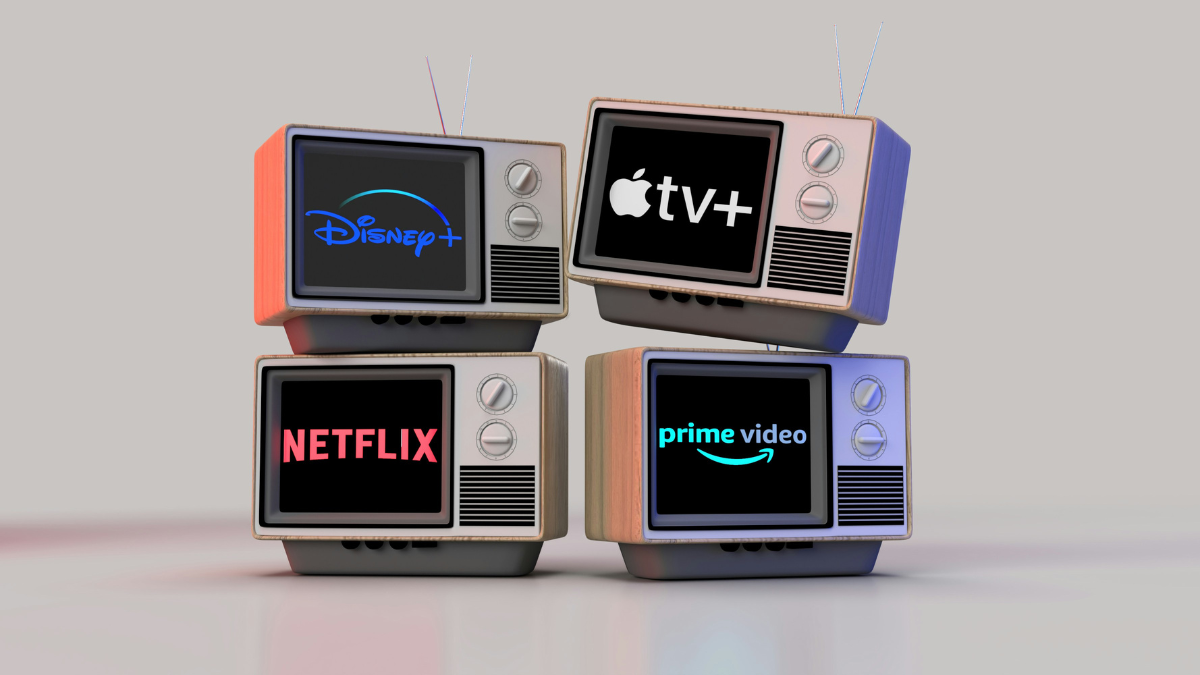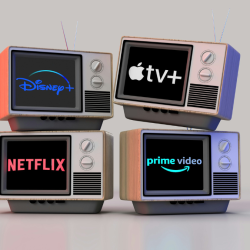Within the past month, Purina PRO PLAN pet food has struck a deal with the Association of Tennis Professionals Tour, and Barilla pasta has signed a partnership with Formula One.
The justifications given publicly for these partnerships suggest that the connections between the products and the content are tenuous, at best.
In a press release, Barilla’s vice president (former F1 driver) Paolo Barilla said that his company and F1 teams both comprise ‘skilled professionals’ who are ‘driven by the desire to keep improving.’
Similarly, Purina Europe’s head of marketing, Fabio Degli Esposti, told MediaCat UK that its partnership with the ATP Tour seeks to ‘help inspire cat and dog owners to care for their pets like a pro, with the same dedication and passion that top tennis players bring to their sport.’
Chris Wilson, managing partner at Reg&Partners, has a more prosaic explanation. He says brands that partner with major sporting events and other rights holders are typically seeking ‘to piggyback’ on their audiences:
‘They [brands] align with the audience’s values and are usually aiming to target them with products and services. The rights holders offer reach across multiple social platforms and the sporting stars, individual reach and platforms as well.’
Indeed, Purina’s Esposti shared that the partnership will provide the brand with ‘visibility across the ATP’s social, editorial, and digital channels’ and give it access to ‘a global platform to engage with new audiences.’
Reaching new audiences also appears to be the motivation behind Barilla’s partnership with F1, which will take the form of pasta bars in the F1 Paddock Club, track-side signage, digital activations and promotions aimed at ‘reaching millions of spectators worldwide.’
While visibility and reach are the key drivers for these two partnerships, they’re not the only reasons why brands are tying themselves to sports events. Wilson said brands could also be trying to change how consumers view them ‘by working in conjunction with a brand that offers alignment or storytelling moments’ or allows them to build ‘an affinity with the values’ they represent.
PwC’s recent partnership with F1 is likely driven by this objective, with the deal being struck amid the financial services firm’s first rebrand in over a decade. As part of the agreement, the firm will offer its services to the motorsport brand and, in turn, it will benefit from access to F1’s global fanbase of over 826.5 million.
Digiday reported that this means PwC will be able to reach its B2B target audience outside working hours. Kristin McHugh, PwC’s CMO for the US and Mexico, also told Digiday that the partnership will allow PwC to ‘borrow F1’s association with speed and technology’ to augment its own reputation.
Optimal incongruence
Even if the rationale for a brand sponsoring an event goes no deeper than audience size and borrowed interest, is that really such a bad thing? As much as brands like to talk about marketing partners like they’re kindred spirits, there’s at least some evidence to suggest that people pay more attention to an awkward alliance.
In 2020, a paper in the Journal of Public Policy & Marketing found that brands that advocate for unexpected causes can actually outperform others who champion issues that are in alignment with their identity. The researchers argued that a certain level of — but not too much — incongruence can help boost performance, since consumers might find the unexpected pairing intriguing enough to give it a bit more thought. This study was limited to examples of brand activism, but there’s no obvious reason why the same dynamic should not apply to sponsorships.
Fragmented media
So, the benefits of partnering with rights holders are clear: brands can gain access to large audiences and leverage the reputation of the sporting events. But why sports, and why now?
Dan Moseley, managing director of the creative studio Super Proper, told The Grocer last year that ‘sport remains one of relatively few “appointment to view” experiences for consumers.’ He also said that this is particularly significant against the backdrop of ‘increasingly fragmented media consumption habits.’ In other words, brands that partner with live sports events can almost guarantee that audiences will be watching and listening.
Fragmentation even brings new opportunities, since major sporting events now offer brands a multi-channel presence. ‘It all depends on how [brands] decide to amplify their partnership,’ says Mark Middlemas, founder of The Athlete Media Group. ‘The fragmented media landscape offers many opportunities across paid, owned, earned, and shared media.’
Wilson echoed this, emphasising that ‘having multiple platforms offers multiple touchpoints’ and brands can engage audiences through ‘social, advertising, in-stadia, CRM and across live brand experience and experiential.’
The ‘Up Your Game’ campaign by Hellmann’s for UEFA EURO 2024 is a good example, with Unilever reporting that it was ‘the biggest advertising campaign ever launched’ within its Nutrition business. The campaign appeared across TV, stadium concession stands, and OOH billboards. It also featured in-store promos and on-pack competitions and starred athletes who promoted Hellmann’s products on social media.
That said, not all brands should rush to strike expensive partnerships with sporting events. Although the space can certainly offer opportunities, it could become oversaturated as more brands turn to sports. Therefore, some might benefit from considering other avenues (especially if their brand’s connection to sport would seem far-fetched).
‘There are multiple partnership opportunities available across the market — from cultural destinations and venues across music and the arts, to festivals and wider live entertainment shows, as well as the film industry,’ Wilson said.
He added that the market is ‘littered with opportunities’ and that brands seeking partnerships should find the best solution for their needs, focusing on ‘what will offer the most value, reach, and engagement.’
Featured image: Barilla Group






